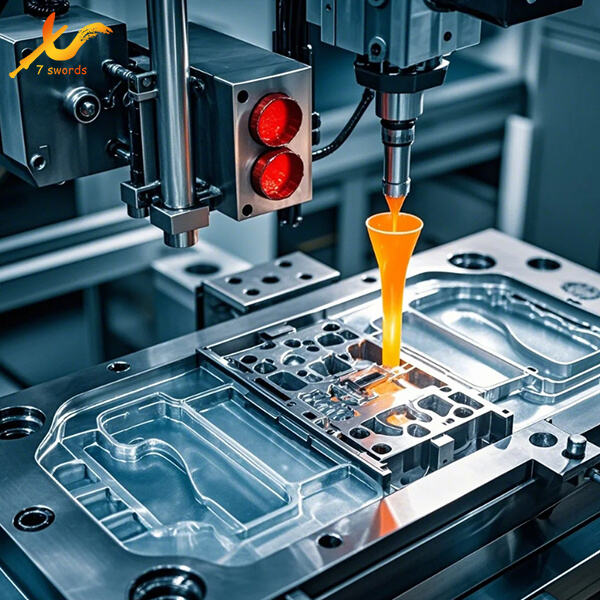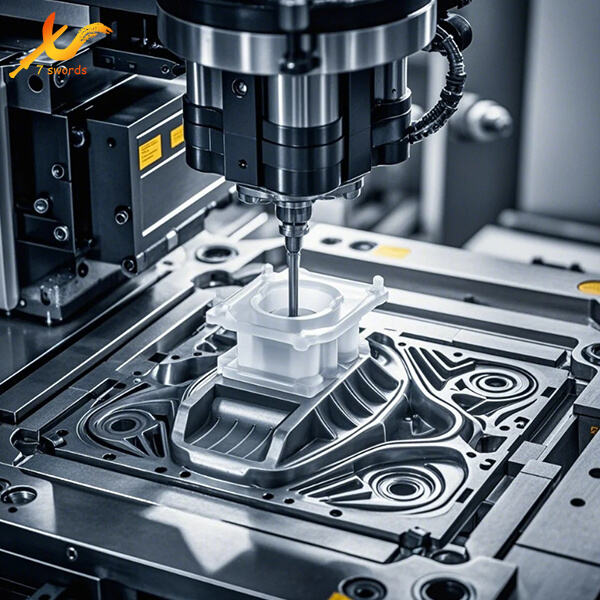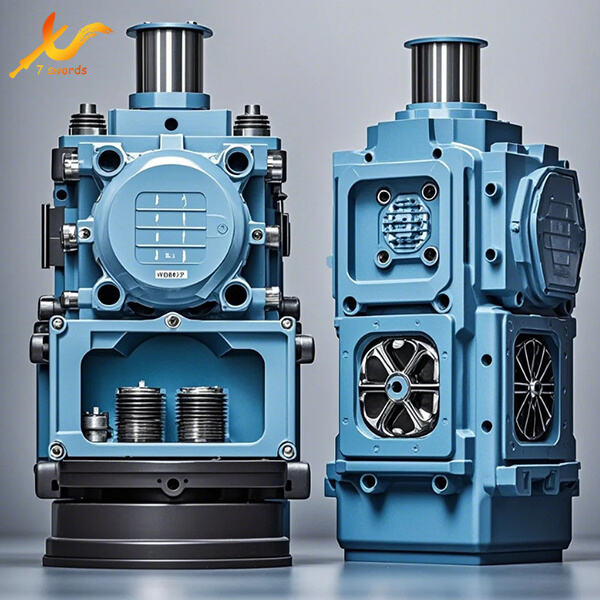Building 49, Fumin Industrial Park, Pinghu Village, Longgang District
Sunday Closed
Plastics injection molding is such an interesting and great subject! Suppose you have never seen or heard about plastics. Plastics are a unique material that can be melted down and formed into a variety of products, much like how you mold clay. We produce many of the products you play with, utilize, or ingest via methods such as injection molding (think toys, auto parts, packaging that contains your food).
Injection molding — So, how does that work? It's a cool process! The plastic is first melted down into a very viscous liquid. After that, this melted plastic is forced in a mould. A mold is a type of box that has the shape of your desired item. Imagine a cookie cutter! After the plastic has melted into the mold it cools and solidifies. Once cooled, the new object can be removed from the mold. This injection molding process is used in manufacturing many household items that you see every day and use— for example, toothbrushes, cups and lids for bottles!
So, now lets discuss the kinds of plastics that we can use in injection mold. There is multiple types and individual type has unique properties. Popular types of plastics commonly employed include polypropylene, polyethylene, polycarbonate and ABS. All of these types have their strengths, and also their weaknesses. The price, strength and flexibility of a plastic should therefore be considerations when selecting the right one for your project. That way, you can select the optimal plastic for whatever it is that needs creating.
Injection molding is not always easy. For instance one typical issue is when the plastic after melting does not thoroughly fill the mold. This can lead to weak points or it may even deform the finished product. This issue can be fixed by changing the mold so that plastic flows correctly, or adjusting the temperature and pressure of the plastic. Another issue that may occur is an abnormally rapid cooling of the plastic. If this occurs, the final product can end up with cracks or become warped. The solution for this, is by cooling the mold at a slower pace or to select other plastic for it to work better.

Efficiency and minimizing wastage are of paramount importance when it comes to injection molding. In my opinion, being efficient means getting the most out of time and resources to produce better products. Using robots / machines while injection molding is one of the ways to increase efficiency. It can really speed things up, saving lots of time. Equally significant here is dealing with waste. In case some plastic remains after product fabrication, it can be reused or recycled. Not only does this save money, but it also helps in saving the planet by reducing pollution and waste.

A hot topic when discussing plastic is sustainability. Plastic waste takes hundreds, even thousands of years to break down and decompose in nature which creates pollution that affects animals and plants alike. Biodegradable plastics are a better alternative to this problem. Bioplasticsare Derived from natural sources so, easily biodegradable and non-toxic to the environment. Recycled Plasics — Another amazing possible solution is alternative plastics that are built from pre-used plastic materials. Recycling can help reduce the plastic waste that ends up in landfills.

Injection molding with plastics is one of the processes we at Swords Precision, specialize in. We have team members assigned to offer help selecting the right plastic and tackling other challenges during your project. We are focused on efficiency and eliminating waste in every step of the process. Frequently, we provide sustainable plastics solutions for injection molding. So if you would like to get in touch and see how we can help with your project, contact us!
Copyright © Shenzhen Perfect Precision Products Co., Ltd. All Rights Reserved — Privacy Policy — Blog